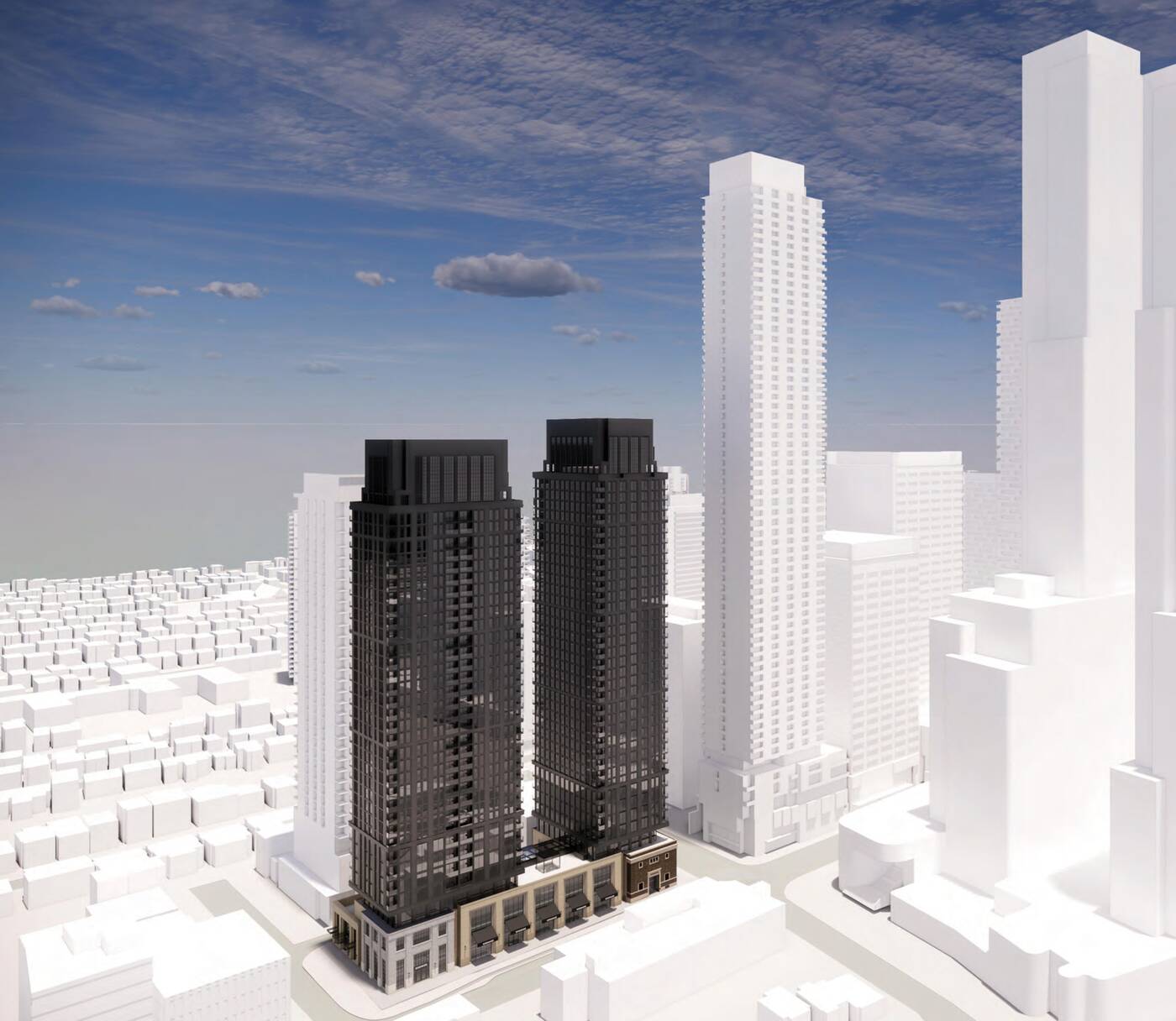In just two weeks, the world has changed drastically. We’re now living in the face of major business closures and shutdowns, stock market declines, and even fights in the aisles of grocery stores over toilet paper.
The novel coronavirus or the COVID-19 outbreak, whichever you prefer, has drastically affected the day-to-day life of everyone around the world and impacted every industry in one way or another. But has this global virus truly impacted the real estate industry in Canada’s largest city yet?
RELATED:
The first confirmed COVID-19 case was announced in Toronto on January 25, and in the days that followed several additional cases began to be reported throughout the province. And while the real estate world took note, it largely continued to operate in its normal way. Now, that normalcy has changed, and a different approach is needed.
Brokers, buyers, and sellers are now navigating the unfamiliar territory together amid the pandemic and an industry that thrives on in-person showings and meetings is now charging forward digitally, with brokers turning to virtual house tours as opposed to traditional open houses.
And yet, despite everything that’s going on, Toronto’s real estate market continues to show how strong it is, with February being a record month for new home sales. In fact, a total of 4,665 new home sales were made last month, a 211% increase from February 2019, demonstrating that it’s still business as usual – for now, at least.
At least that’s the case for Elliott Taube, president of International Home Marketing Group, a leading new home brokerage that specializes in the pre-construction industry and supports medium to large developers in the GTA with integrated sales and marketing solutions. Taube says that while International’s sales offices are currently closed, the company is still busy as always and continues to help clients and customers by moving things digitally – through FaceTime, Zoom, phone call meetings, and emails.
Yet, despite the uncertainty of what’s going on, Taube says International is still moving forward with getting the thousands of units ready to hit the market in the coming months.
“We’re working as if things are still moving forward,” said Taube, adding, “but we’re still trying to be as responsible as possible, so no more face-to-face interactions.”
And in light of it all, Taube says his team is still getting the same amount of work done as they are learning to be more efficient, with in-person meetings that may have once taken 1-2 hours now lasting just 45-minutes, saving the team immense amounts of time. Taube also says that since the industry is considered an essential business, International will continue to work as usual and looks forward to when he can have his team back together under one roof.
Meanwhile, Debbie Cosic, founder and CEO of In2ition Realty, also echos a similar tune, saying that while there’s no question the real estate industry has been affected by the COVID-19 pandemic, it hasn’t been impacted as much as one might think.
“Ontario’s list of essential services includes supply chains, construction, real estate agents, moving companies and land registration services. This is because the real estate industry is critical to our economy, as well as to people’s lives in general,” says Cosic.
“Keeping construction on new homes going translates to the movement of materials and badly needed jobs for workers in these areas. The selling and buying of resale homes keeps owners moving… and moving forward. There may be delays, but we have faced those in the past and persevered.”
Cosic explains that consumers, while practicing social distancing responsibly, of course, can do most of their home shopping online. The same goes for the real estate industry and consumers can now take virtual tours of resale homes and visit the websites of new home and condo builders to find out just about everything they need to compare.
“With open houses cancelled, we agents may not be able to meet in person, but we have fantastic electronic options at our fingertips: phone/video calls and conferences, apps, email, and e-transfers,” said Cosic.
“Investors, in particular, may choose to make their purchases strictly through electronic means – which is an option we’ve offered for years.”
Cosic says that even if there is a dip in sales, with consumers postponing home shopping, she knows that from history it will only be temporary in the long run.





















